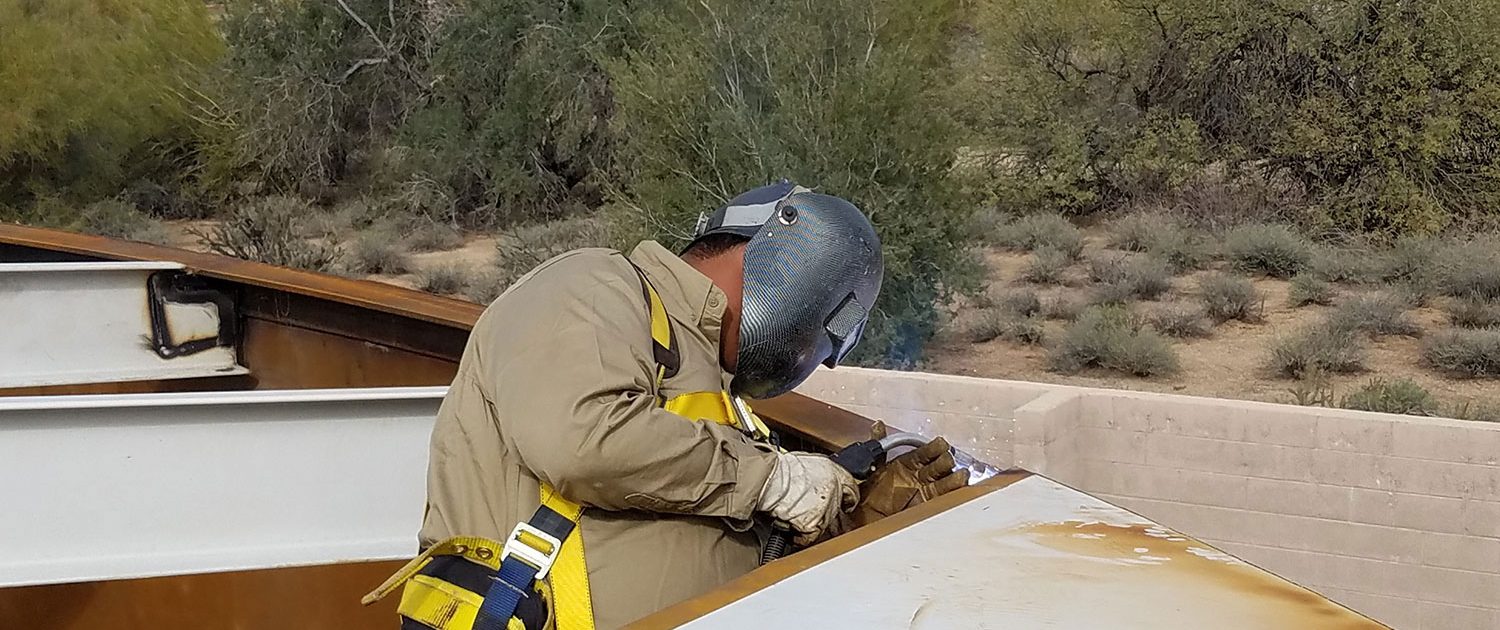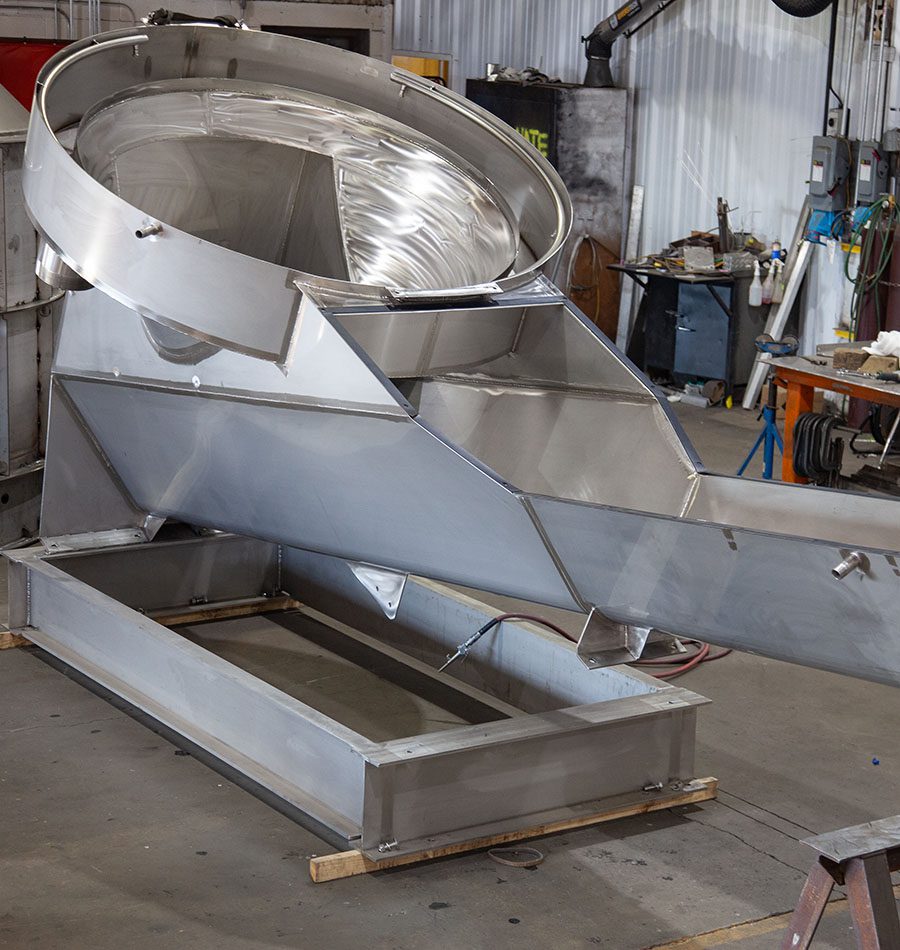Comprehensive Steel Fixing Solutions for Construction Projects
Comprehensive Steel Fixing Solutions for Construction Projects
Blog Article
Cutting-edge Fads in Steel Fabrication: Enhancing Longevity and Precision
In the realm of steel manufacture, the quest of toughness and precision has brought about a wave of ingenious trends that are improving the sector. From improvements in welding innovations to the integration of robot automation in fabrication processes, the landscape of steel manufacturing is progressing rapidly. High-strength alloy growth, combined with the usage of 3D modeling and simulation software application, is pushing the boundaries of what is achievable in regards to structural stability and accuracy. Moreover, the expanding focus on lasting techniques in steel production is not just driving efficiency however also cultivating a much more eco mindful strategy to fabrication. These fads are not simply shaping today however additionally preparing for the future of steel construction, assuring further enhancements in sturdiness and precision.
Advanced Welding Technologies
In the world of steel manufacture, the adoption of advanced welding innovations has actually dramatically revolutionized the industry's approach to accomplishing exceptional high quality and precision in structural welds. Advanced welding modern technologies, such as laser light beam welding and rubbing stir welding, have emerged as game-changers in the field. Laser light beam welding uses a concentrated laser light beam to sign up with metal elements with amazing precision and speed, making it optimal for complex styles and thin materials. On the other hand, rubbing mix welding develops exceptionally strong bonds by mechanically intermixing the molecules of the products at the joint, removing the demand for thawing the metal. These technologies supply countless benefits, including lowered heat-affected zones, very little distortion, and enhanced mechanical buildings in the bonded joints. By leveraging these sophisticated welding techniques, steel makers can raise the durability, strength, and accuracy of their structural welds, fulfilling the progressively demanding requirements of modern-day building projects.
Robot Automation in Fabrication
Welcoming robotic automation has actually become a foundation of modern-day steel fabrication techniques, enhancing procedures and enhancing effectiveness throughout the industry. Robots are reinventing the means steel elements are made, supplying unequaled accuracy and speed while reducing human error. These automated systems can take care of repetitive tasks with consistent accuracy, resulting in higher high quality final product.
One trick benefit of robot automation in steel manufacture is the capacity to work all the time without fatigue, considerably enhancing manufacturing result. This continual procedure minimizes downtime and accelerates job timelines, ultimately saving costs for producers. Additionally, robots can be programmed to carry out complex jobs that may be challenging or unsafe for human workers, boosting safety and security in the work environment.
In addition, robotic automation makes it possible for smooth integration with various other electronic modern technologies, such as computer-aided style (CAD) software and Net of Points (IoT) systems (metal fabrication melbourne). This interconnected technique enhances communication in between various phases of fabrication, optimizing operations and ensuring real-time monitoring and control. As the steel construction industry continues to advance, robot automation stands out as a transformative pressure driving effectiveness and accuracy in manufacturing go procedures

High-Strength Alloy Development
The improvement of high-strength alloy development in steel manufacture is improving the industry's technique to improving material durability and performance. High-strength alloys are crafted to display exceptional mechanical buildings, such as enhanced tensile strength, durability, and corrosion resistance contrasted to standard steel grades. By including these advanced alloys right into construction procedures, suppliers can produce components that endure greater stress degrees and severe settings, bring about even more trusted and resilient output.
One key benefit of high-strength alloy development is the capacity to minimize material density without compromising architectural honesty. This not only causes lighter-weight elements but additionally adds to set you back financial savings and improved efficiency in fabrication and assembly procedures. Furthermore, the improved strength-to-weight ratio of these alloys enables the layout and building of structures with greater load-bearing abilities while lessening overall weight.
3D Modeling and Simulation Software Application
Developments in steel construction processes have been substantially thrust by the assimilation of cutting-edge 3D modeling and simulation software tools. These tools allow makers to create in-depth digital versions of their tasks, enabling them to envision the final product with accuracy before any kind of physical job begins.

Lasting Practices in Steel Production
Including sustainable techniques right into steel production processes is essential for decreasing environmental influence and guaranteeing long-term source schedule. One crucial lasting practice is the adoption of energy-efficient technologies to minimize greenhouse gas emissions throughout the steel production process. This consists of using renewable resource resources, such as solar or wind power, to power steel plants and implementing energy-efficient devices to maximize power use.
One more crucial element of lasting steel production is the liable sourcing of raw materials. This entails guaranteeing that the iron ore and various other resources made use of in steelmaking are obtained from honest and eco-friendly resources. By promoting transparency in the supply chain and sticking to rigorous ecological standards, steel producers can reduce the adverse effects of source removal on local communities and neighborhoods.

Final Thought
In final thought, the innovative trends in steel manufacture such as sophisticated welding innovations, robot automation, high-strength alloy development, 3D modeling and simulation software, and lasting methods are enhancing the resilience and accuracy of steel items. These advancements are reinventing the steel construction industry by boosting effectiveness, quality, and sustainability. It is clear that the future of steel manufacture depends on welcoming these sophisticated innovations to fulfill the demands of modern-day building and production sectors.
In the world of steel fabrication, the search of sturdiness and accuracy has actually led to a wave of ingenious fads that are reshaping the sector.In the realm of steel construction, the fostering of advanced welding technologies has actually significantly reinvented the sector's method to accomplishing remarkable quality and accuracy in architectural welds. As the steel fabrication market proceeds to evolve, robotic automation stands out as a transformative force driving performance and accuracy in manufacturing processes.
In addition, recycling and reusing steel scrap and waste products play a significant function in improving the sustainability of steel manufacturing. steel fabrication melbourne.In conclusion, the ingenious fads in steel construction such as innovative welding Learn More modern technologies, robotic automation, high-strength alloy development, 3D modeling and simulation software, and lasting techniques are boosting the resilience and precision of steel products
Report this page